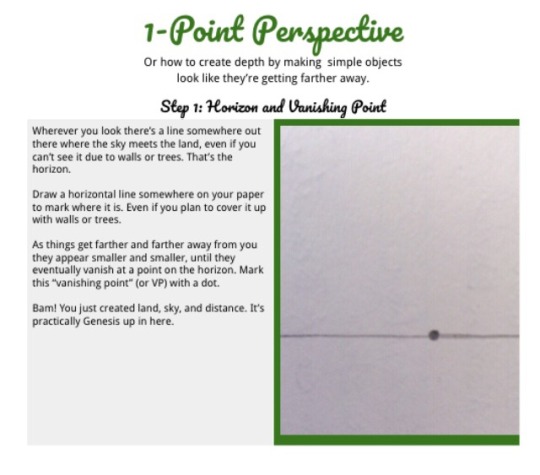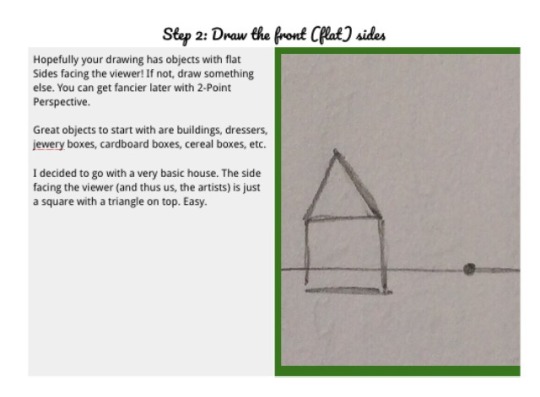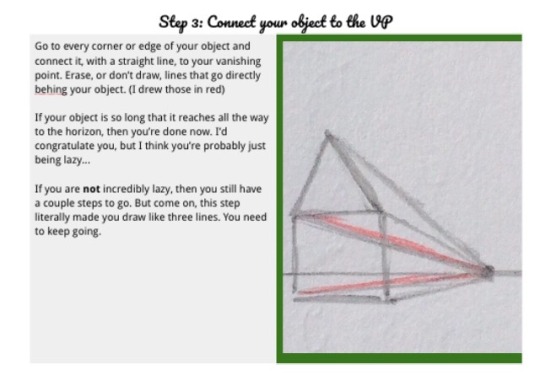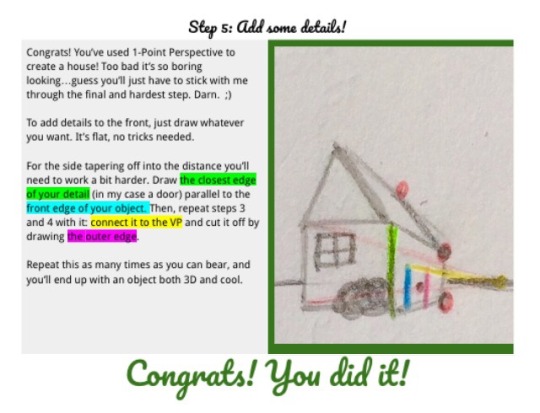This is the story of my journey from occasional sketcher to professional level artist-and all my mistakes and adventures along the way.
Don't wanna be here? Send us removal request.
Text
"I think a lot of my work is dealing with the gravity of agnosticism— of saying 'I don't know', of staring into the endless cosmic void and standing bravely before it."
— Chuck Tingle, Chuck Tingle and Riding the Lonesome Train, Talking Scared podcast
2K notes
·
View notes
Photo
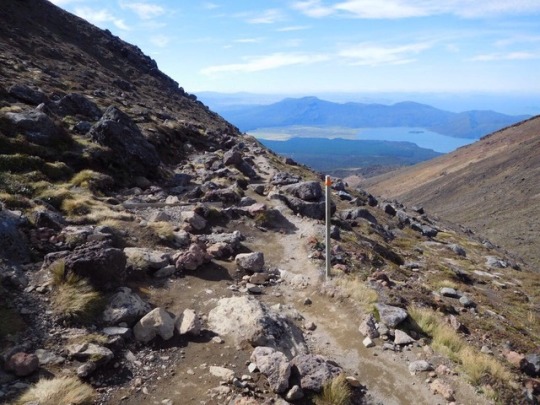
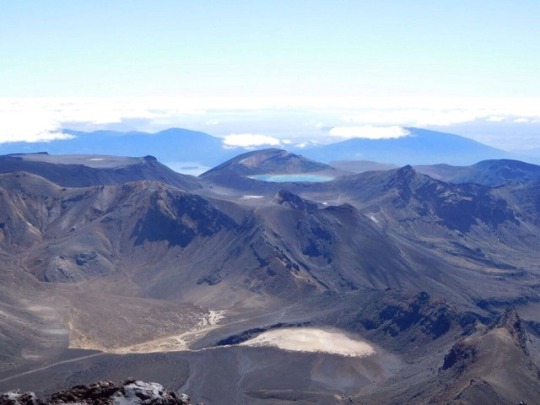
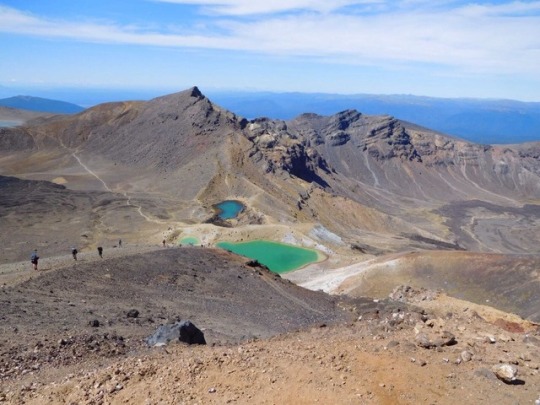
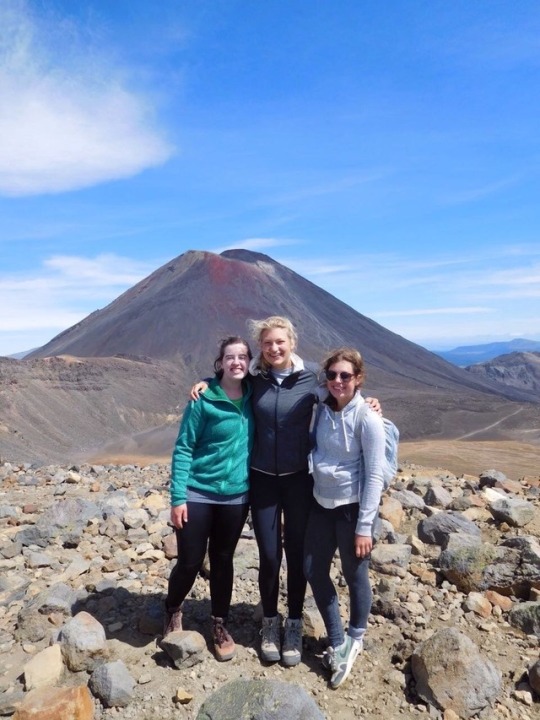
That Time I Climbed Mt. Doom The sun had almost finished rising above the distant hills as we arrived at the trailhead for the Tongariro Crossing. My three companions, one friend I had been traveling with for a while and two hitchhikers we'd picked up the day before, and I soon set off on a trail I had been hearing about since arriving in New Zealand. I had no idea what I was getting myself into. I bounced along the first 2 kilometers of nearly flat walking while admiring (and photographing) the gorgeous views of the mountains in the distance. Including the steep, volcanic cone we would be climbing. My gross overconfidence was quickly revealed though once we reached the actual ascents- mostly sets of uneven steps that led to more, steeper steps. I was soon lagging behind my three, ever so patient, companions and cursing myself for making them wait as I used my hands to push down on my legs and propel my body up one step at a time. “Why was I doing this again?” After a blissful break that I spent guzzling water, we set off up the side trail to summit Mount Ngauruhoe (better known as Mt. Doom) which seemed like a great idea for about three minutes. Then my renewed energy suddenly flatlined. I was once again struggling to force two tired and heavy legs up a set of steps while watching my companions slowly get farther and farther ahead. Then we reached the side of the mountain and all pretense of a path disappeared. The only guides were occasional metal poles stuck into the rock, and the speedy hikers ahead of us. Upright hiking was suddenly replaced by scrambling up rocks on my hands and feet. Exhaustion and pain was replaced by terror as every wrong step sent me sliding backwards and yells of “Rock!” warned me of projectiles headed towards my, well, head. At the same time though I caught up and embarressment and monotony were replaced by companionship and a fresh challenge. That endless climb actually ended up being one of my favorite parts of the hike. We worked together to give advice, plan paths over steadier rocks, and commiserated after each gust of wind scared us senseless. I also felt the accomplishment of seeing the distance behind me grow and the joy of solving problems and scrambling over boulders like a kid at the beach. Looking back that hike was a beautiful example of what creative work can be. It is varied, with new challenges around every corner, it is sometimes boring or terrifying, and sometimes I just want to give up. At the same time though, there is beauty and joy just in the accomplishment of things I never thought possible, and through perseverance and the companionship and support of others the summit is within reach-even if you are embarrassingly unprepared at the start. The hike still held many more struggles for me after that mountain, but after standing at the peak of Mt. Doom and looking down at what we had conquered-I knew anything else was just a matter of time.
8 notes
·
View notes
Photo
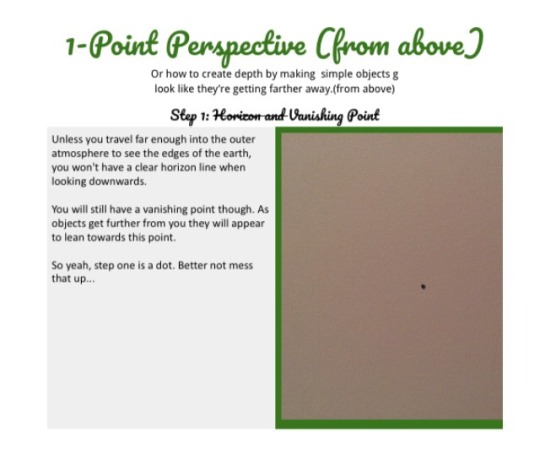
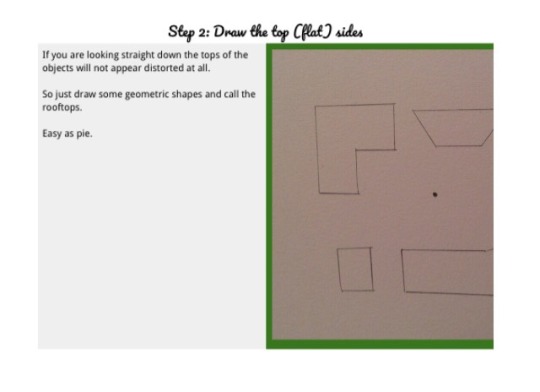
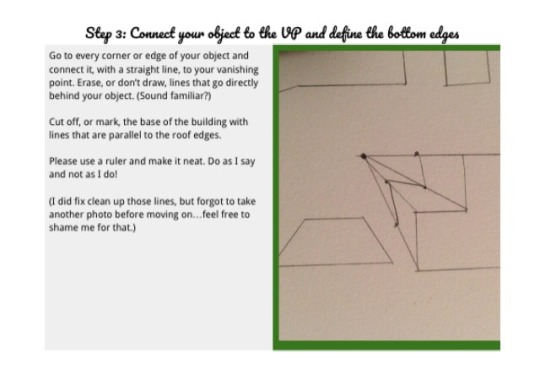
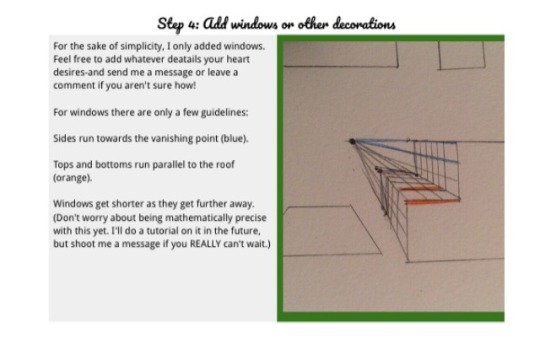
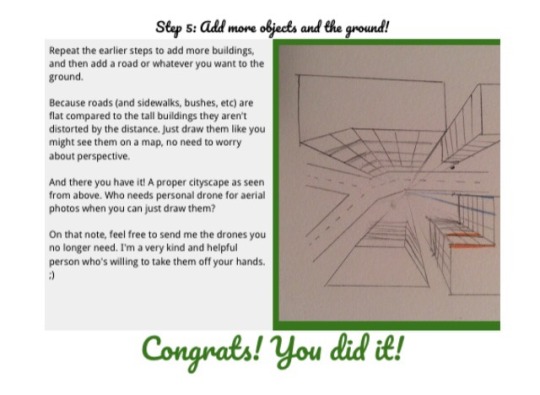
1-Point Perspective (from above) Tutorial
0 notes
Text
How NOT to Keep a Travel Sketchbook
After a beautiful vacation for three weeks in the South Island of New Zealand, and less than 20 drawings to show for it, I am in awe of my lack of skill and dedication. As the worst travel-sketcher ever I can now give you the kind of advice that will ensure that you are unable to record your travels in an enjoyable and creative manner-despite all the amazing benefits of recording your journeys through art. 1. Make sure your sketchbook is large enough! Mine was just slightly too large to fit in the convenient front pocket of my backpack. This is perfect if you want your sketchbook difficult to retrieve, and thus too much of a bother for spur-of-the-moment drawings. 2. Spend (all your) time with other travelers! Even a beautiful, leisurely hike offers few opportunities for sketches when you're afraid to slow down the group! The important thing here is never taking enough time by yourself to relax and get into your drawing, bonus points if FOMO keeps you busy and distracted during the day AND night! 3. Forget your sketchbook in your hostel or have it put in the storage compartment of the bus. This is a no-brainer, no sketchbook=no sketching. 4. Write in it. A lot. This advice works really well after forgetting to sketch for a few days. Just try to catch up on all the memories you forgot to record by filling pages writing about them! You'll soon have a glorified diary with few, if any, drawings to distract the reader. (Which will only be you, y'know, because you just wrote all your secrets in it!) 5. Draw things because you "ought to". In the South Island I was surrounded by stunning natural scenery every day...so of course I tried capturing those views in my travel journal. This is despite how painfully boring I find drawing landscapes compared to smaller details, people, or...most things. Drawing subjects merely because you "ought to" is a great way to kill your motivation for your travel sketchbook and ensure it stays as empty as possible. 6. Draw in a very soft pencil so that as soon as you close your sketchbook your drawings will smear and fade across the page. 7. Care what others think of your drawing, and how much they'll judge you if they see you choosing art over socializing. Despite the fact that no one is watching or judging you, at all, the false impression that someone is currently looking down at your habits or skill is a wonderful demotivator. 8. Refuse to draw interesting people you see on the streets because it would be too awkward if they noticed. Everyone knows awkwardness is to be avoided at all costs! 9. ONLY draw from life. This goes with number 5. Since this is a travel sketchbook you obviously can only draw cool *travel* things, while you are *currently* experiencing them. This will help limit your options for drawing and prevent you from sketching anything cool after you experience it when you actually have time. 10. Don't add any color or variety of materials. You are a serious, minimalist, traveling artist and thus must avoid anything fun or bright in your travel sketches. Bringing along color pencils, paint, or (the shame!) even markers would be much too fun and exciting and a betrayal to your cool, worldly image. There you have it, my top ten tips for ruining keeping a travel sketchbook for you. Be warned though!! Even after making all those mistakes I still somehow ended up with some drawings of interesting places that I love looking at and instantly remind me of my time drawing them. So, I guess the only guaranteed way to fail is to not draw at all. Cheers. :)
0 notes
Photo
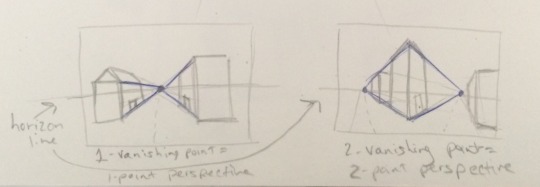
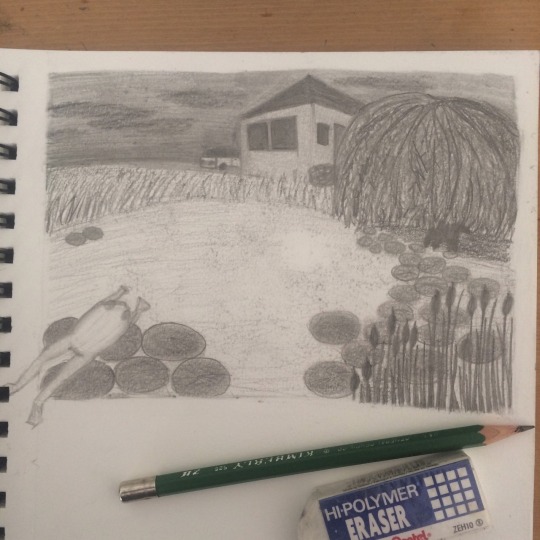
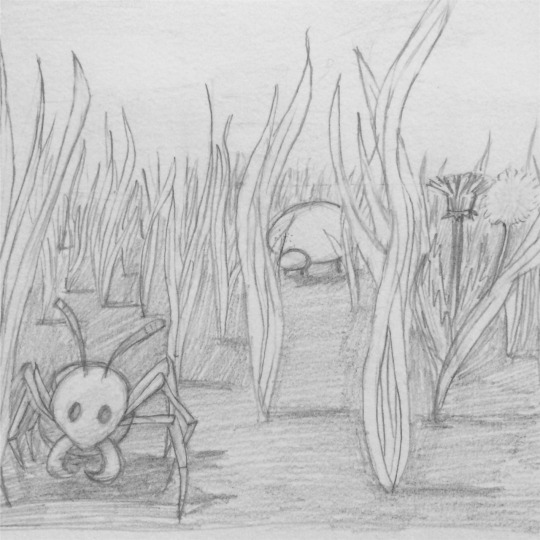
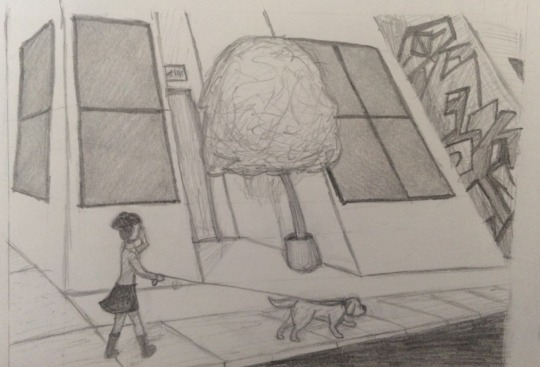
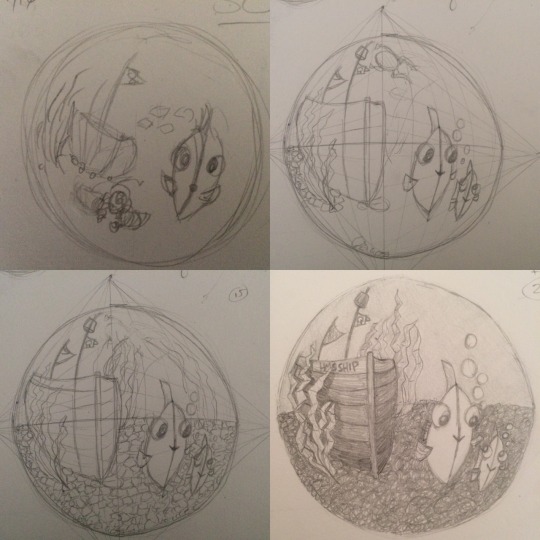
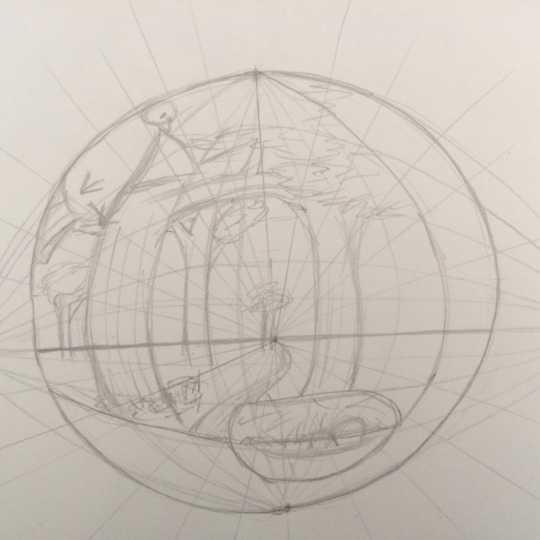
November was perspective month! Which might sound a bit odd... Most of what I've learned about drawing perspective dates back to middle school art classes where we learned the basics-so it seems perfectly normal to me to talk about perspective in regards to drawing. I didn't even think about how it could sound weird until I confused my brother by talking about it and composition (which I focused on in October). Turns out those words are generally used in a very different and not-art-related way. (Duh!) In order to avoid confusion, or maybe create more, I'll go ahead and explain perspective in regards to art the best I can. Drawing perspective is using specific methods to create the illusion of depth, mainly through making “close” objects larger than “far away” objects. This also has to take into account how objects tend to angle, or bend, towards a specific point on the horizon (vanishing point) instead of uniformly getting smaller across the page. In our daily lives we know that buildings are rectangular, and might awkwardly draw them as such, but in order to make them seem more realistic and 3D we can draw them angled off towards a distant point. This gets more complicated when extra vanishing points are added, often to show objects with clear lines headed off in different directions (think buildings and streets). 1-, 2-, and 3-point perspective are named after how many vanishing points they have. These are the ones I learned in middle school and reflect normal life most closely. 4-, 5-, and 6-point perspective are less realistic, they involve rooms seeming to bend and curve around-think looking in a fish bowl, through a door’s peephole, or at a reflective sphere. I decided to try those ones out at they were new to me and provided a fun challenge-plus I'll likely appreciate having another skill in my toolbox someday. The struggle for me was not only to correctly use the methods for the last three types of perspective, but to also make an interesting or attractive drawing at the same time. (I also worked completely in pencil which is not my usual.) Ultimately I'm really glad I tried them out and practiced some new skills, and hope this explanation makes it easier for you to try one (or all) of these perspective types yourself! Resources: these three web articles: https://design.tutsplus.com/tutorials/technical-drawing-for-beginners-three-point-perspective--vector-23680 http://artxplorez.com/drawing-and-illustrations/four-point-and-five-point-perspective-illustration http://termespheres.com/6-point-perspective/ The last one is especially great if you just want to see s clear picture of each one. Ps- I'm still working on figuring out formatting due to a chronic lack of wifi, thanks for your patience with the odd layout.
0 notes
Photo
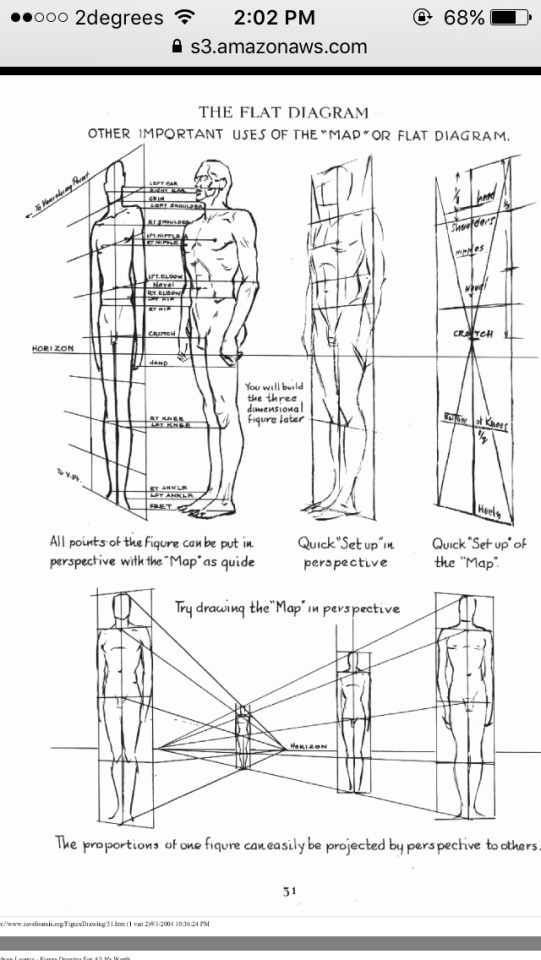
Resources: Figure Drawing For All It's Worth This is a huge resources that's available as a free, online pdf like many of Andrew Loomis's books. This page is one I referenced when practicing 1- and 2-point perspective. It's full of great info, but some style choices are a bit dated (e.g.-basic female proportions include kitten heels) and it's a bit too dull to read straight through. His books are all good resources for frequent reference and to research specific tips. Free pdf at https://s3.amazonaws.com/compressed.photo.goodreads.com/documents/1344503651books/147941.pdf
0 notes
Photo
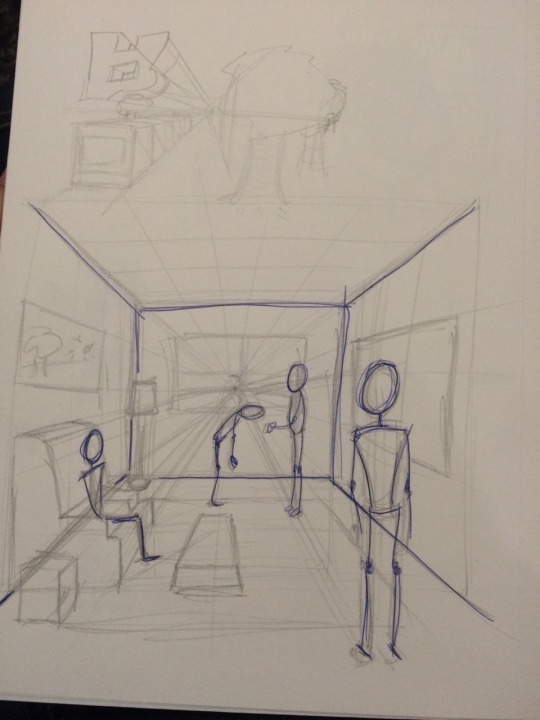
AH!!! It actually works! I clearly don't plan out proportion enough, because I am amazed at how easy it is to make people the correct relative size using 1-point perspective. This was a quick and dirty practice to start off the month, but I'm quite happy with it. I used a couple tricks from an Andrew Loomis book and a web article I found-both of which I'll talk about and post here as references in the next couple days.
1 note
·
View note
Text
November already? What?
Inktober was fantastic! (I'll post them all soon.) The sense of accomplishment alone is reason enough to do it for me, but the emphasis on a daily drawing habit was also valuable. I count my first Inktober as a success, even if I did have to play catch up a couple times. The simple ink drawings also helped me work on my focus of the month: composition. Now for November I'm focusing on PERSPECTIVE. I'm reviewing what I remember about 1-,2-, and 3-point perspectives. (Learned in middle school art, my drawing classes in high school deserve a whole rant of their own.) I'm also trying out 4- to 6-point perspective, which apparently exists. Wish me luck! The biggest challenges I anticipate is the technical difficulty of the types I haven't tried before, and implementing what I've learned about anatomy and composition into scenes with more depth. I normally don't have much patience when it comes to planning out my art, especially the backgrounds, so this month has the potential to really make me struggle and improve as an artist. I don't think I need to elaborate on how important the ability to create a full scene or background is. Time for perspective- off I go!
1 note
·
View note
Photo
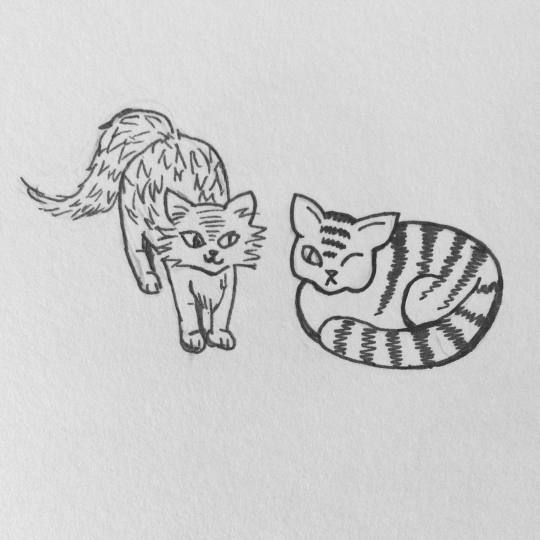
“I know!”, thought Einstein. “I’ll get Jazzy to help me! She’s the biggest, toughest cat. She’ll know what to do.”
Jazzy slowly opened one eye and said, “Go look for clues and let me finish my nap!” By the time Einstein walked away, she was already snoring again.
Inktober (2/31) I’m doing a short story about a missing pumpkin based on my cat (Einstein) and my brother’s cat (Jazzy) for Inktober. Stay tuned to see what clues Einstein can find. :)
#thepumpkinmystery #cats #inktober2016 #inktober #myart
1 note
·
View note
Photo
Apparently my Instagram posts too my other account. I'll have to work on that.
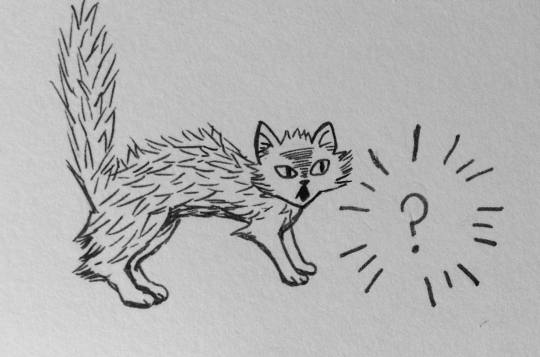
On the first day of October, Einstein the Cat discovered that the special Halloween pumpkin had disappeared!! Oh no!!! —————————————– For Inktober I’m going to try to use my daily ink drawings to do a little story based on my cat, Einstein, and my brother’s cat, Jazzy. I also want to focus on composition as more characters and maybe backgrounds are added. Credit to my brother for the fun idea! I’m so excited to get to draw the two silly cats. :) #myart #inktober #inktober2016 #cats #thepumpkinmystery
3 notes
·
View notes
Photo
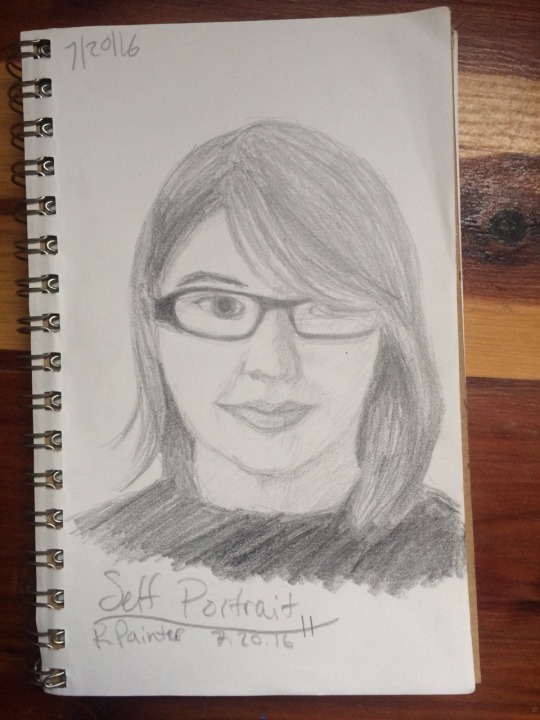
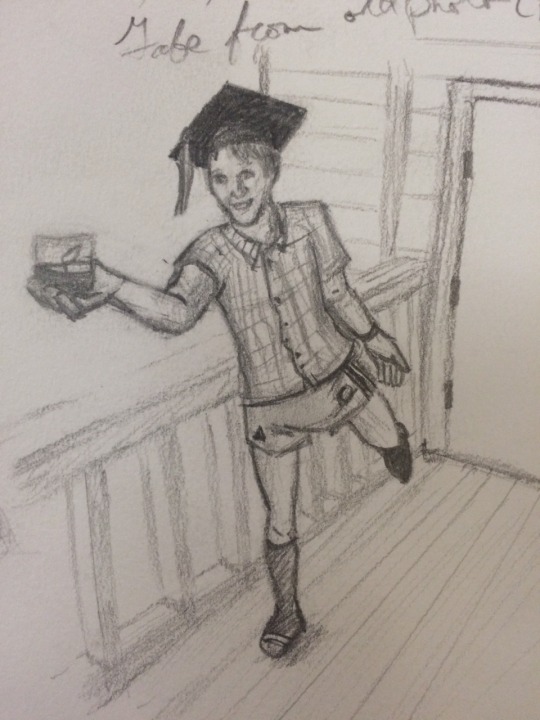
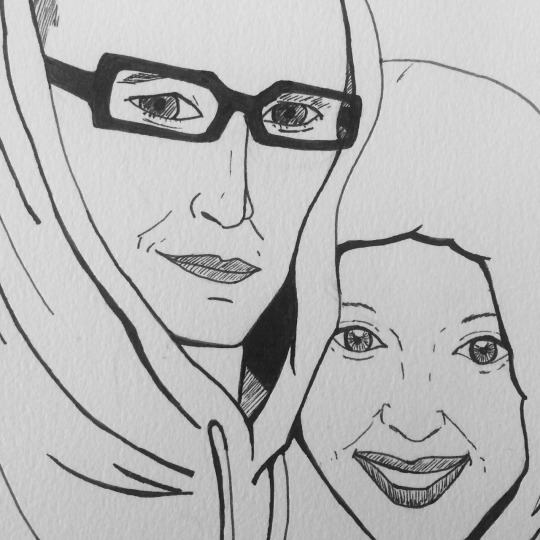

After over a month of (sporadic) practice I feel like I've really improved despite a huge move and personal distractions. The first one is from July and the other three are from the past couple days. I'm looking forward to focusing on composition in October and participating in Inktober for the first time! :) I still don't have wifi since the move (USA to New Zealand) so I'm doing all my updating from my phone. Expect a lot of Instagram to tumblr posts.
1 note
·
View note
Photo
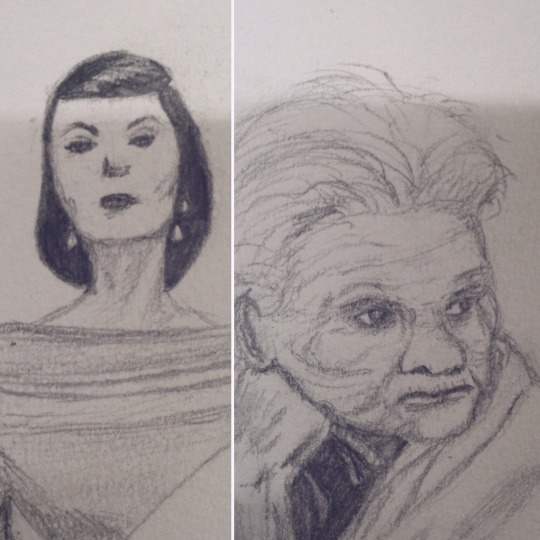
I'm actually doing a lot more sketching my first day of travel than the whole week before! Sitting in an airport/plane all day is a lot more productive artistically than getting ready to do that...
2 notes
·
View notes
Photo
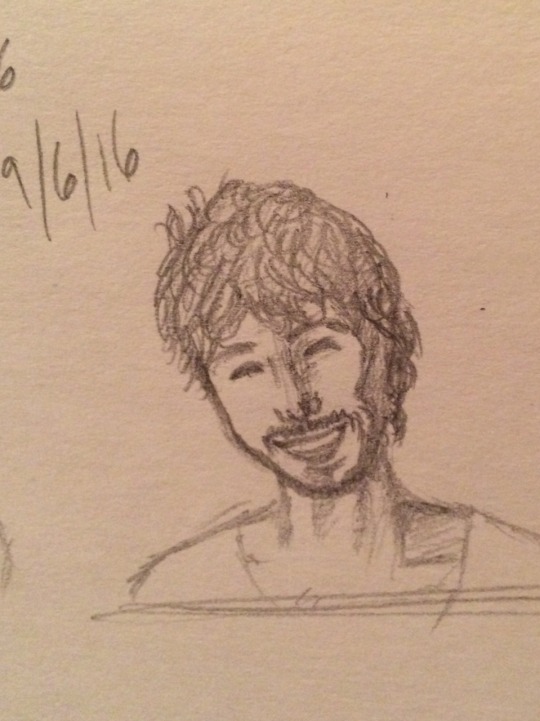
Smiley man is smiley.
0 notes
Photo
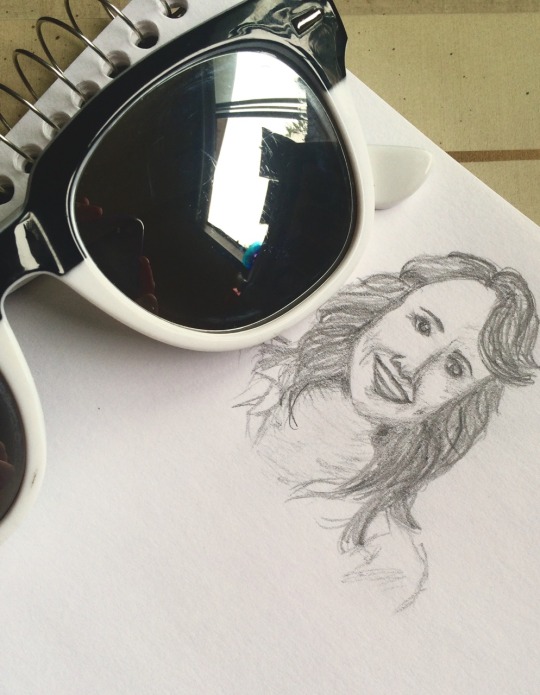
Starting the month with something fun and not too hard, more portrait practice! :)
2 notes
·
View notes
Text
On Dropping the Ball
Last month I set grandiose, optimistic goals for my art and for this blog. I managed to fail at every one. A combination of a family emergency, maid-of-honor duties, migraines, and an impending move overseas effectively stalled my artistic practice halfway through the month.
In the past I’ve often given up on projects at this point. After all, I’ve already failed, so why continue? The problem with that attitude is that I will ALWAYS fail at some point. As an imperfect person I can never reach a worthwhile goal without some struggle or mistakes. If I give up now, all of my previous effort and planning was wasted and I will never see my full potential.
All I can do is forgive myself, learn from it, and carry on.
In that spirit, I will be continuing this blog and my artistic practice with the understanding that something is better than nothing. I’ve also decided to continue working on anatomy in September instead focusing on perspective as planned. All my other monthly focuses will be moved around a bit to accommodate that.
Normal daily posts should resume tomorrow but, since I am moving to New Zealand on the 12th, they might be a bit spotty for a bit.
I dropped the ball once, and I WILL do it again in some way, but that doesn’t have to mean giving up.
0 notes

